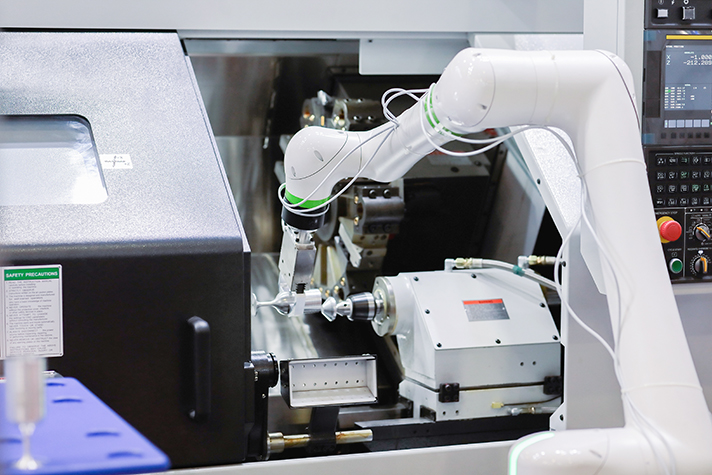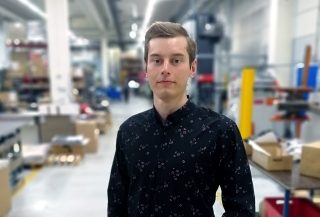Investments – Turning the decade (literally) with automation
Whether it’s intentional or not, we have noticed that some of our customers have tightened their quality requirements during the last couple of years. The reason why we have questioned this is that gaskets rarely must feature tight tolerances in certain dimensions. Still, we have sometimes received offer requests with puzzling tolerance specifications.

Outsourcing design has its downsides
This might result at least partially from the trend of outsourcing design services. Outsourced designers are of course qualified professionals, but they might be lacking some form of “workshop wisdom”. This means that they are not that familiar with the applications and components they are designing, and they are especially unfamiliar with the manufacturing process.
Before the age of outsourcing, the designers and manufacturers usually worked in the same building and knew what could and could not be done – or at least the manufacturers gave direct feedback to the design team if the tolerances were irrational.
Taking action in quality and efficiency as usual
Despite the possibility of having to follow over-strict tolerances, we at TT Gaskets take quality measures seriously. Currently we lack some competence in our machining department and have made a new investment to meet these customer requirements. If everything goes according to plan, in late 2022 we will have an automated turning cell up and running.
The lathe has two revolvers allowing us to work on both sides of the component simultaneously, thus halving the manufacturing time. The quality is monitored continuously with a feedback loop from the 3D coordinate measuring system. Aftertreatments such as laser marking, rust protection and cleaning are also done automatically with the robot arm. Automation of this level has not been seen in our production yet and is the first step towards further robotization.
Positive attitude towards industry automation
As I have mentioned earlier, we perceive automation as a positive phenomenon which does not make humans obsolete, but instead frees our resources to the tasks we are better at than machines. Handling heavy or delicate pieces of metal is something robots are superior in, but we are good at handling various tasks – and giving orders to the machine.
This investment is a good example of how we will automate our processes in the (near) future. We have already made decisions concerning the next implementations of robots in our production. And from there on, we hope that the snowball will truly start rolling, as providing you with Smarter sealing for a safer tomorrow requires investments in automation and robotics.
